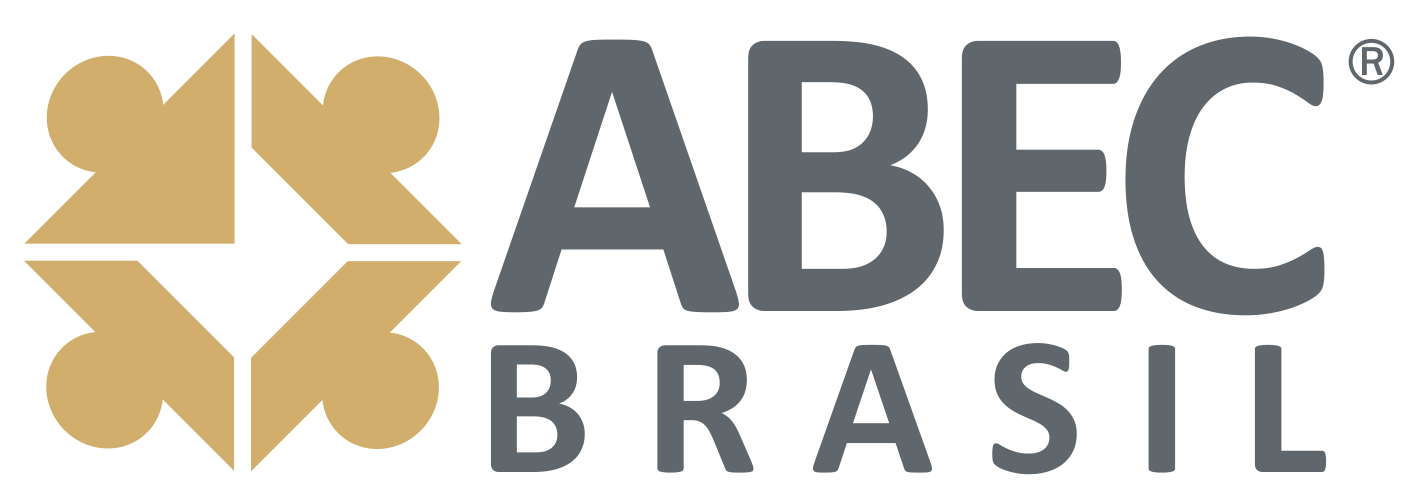Alavancagem de Arquimedes na biomecânica da mandíbula e terceiros molares
Abstract
RESUMO
O presente artigo versa sobre as Leis de Mecânica e Física de Alavanca na biodinâmica mandibular e eficiência mastigatória ou vantagem mecânica dos terceiros molares e tem como objetivo relacionar a alavancagem de Arquimedes com a Biomecânica Mandibular dos Terceiros Molares. Para a compreensão da Biomecânica se faz necessário relacionar o eixo de rotação que corresponde a cabeça da mandíbula (côndilo), estrutura responsável pela rotação e translado da abertura de boca. O braço da alavanca que se estende do eixo de rotação (cabeça da mandíbula) até a resultante de forças (torque) dos músculos da mastigação que elevam a mandíbula e braço de resistência que relaciona cabeça da mandíbula até o local da interposição do alimento nos dentes envolvidos. Pelas Leis da Física a melhor eficiência mastigatória ou vantagem mecânica ocorre com aumento do braço de alavanca que na mandíbula é constante ou diminuição do braço de resistência (cabeça da mandíbula até a posição do dente onde está ocorrendo à mastigação). Pode-se concluir que quanto mais próximo do eixo de rotação maior a eficiência mastigatória evidenciando que os terceiros molares correspondem aos elementos mais importantes dos arcos no que compete a funções mastigatórias e aumento da dimensão vertical de oclusão e que as presenças dos mesmos otimizam a oxigenação e eficiência mastigatória e terreno biológico.
Palavras-chave: Oxigênio; Terceiros Molares; Oclusão Dentária.
ABSTRACT
This article subject is about the Mechanics Laws and Physics of Lever in the mandibular biodynamic and masticatory efficiency or the mechanical advantage of thirds molars and has the objective to relate the Archimedes' Lever with the Mandibular Biomechanics of the Thirds Molars. For the Biomechanics understanding, it is necessary to relate the rotation axis that corresponds at the mandible extremities (condyle), responsible structure for mouth opening rotation and moving. The lever arm that extends itself from rotation axis (mandible extremity) until mastication muscles resulting forces (torque) that rises the mandible and resistance arm that relate the mandible extremity to food interference place of involved teeth. For the Physics Laws the best masticatory efficiency or mechanical advantage happens with the lever arm increase that it is constant in the mandible or resistance arm decrease (mandible extremity to tooth position where mastication is happening). It can be concluded that more be close by the rotation axis more larger is the masticatory efficiency evidencing that thirds molars corresponds at most important elements in the arches competent for masticatory functions and occlusion vertical dimension increase and that same ones presences optimize oxygenation and masticatory efficiency.
Keywords: Oxygen; Third Molars; Dental Occlusion.
Downloads
Downloads
Published
How to Cite
Issue
Section
License
Em virtude de aparecerem nesta revista de acesso público, os artigos são de uso gratuito, com atribuições próprias, com aplicações educacionais e não comerciais, de acordo com a licença CC-BY-ND - Creative Commons (https://creativecommons.org/licenses/by-nd/4.0/legalcode)











